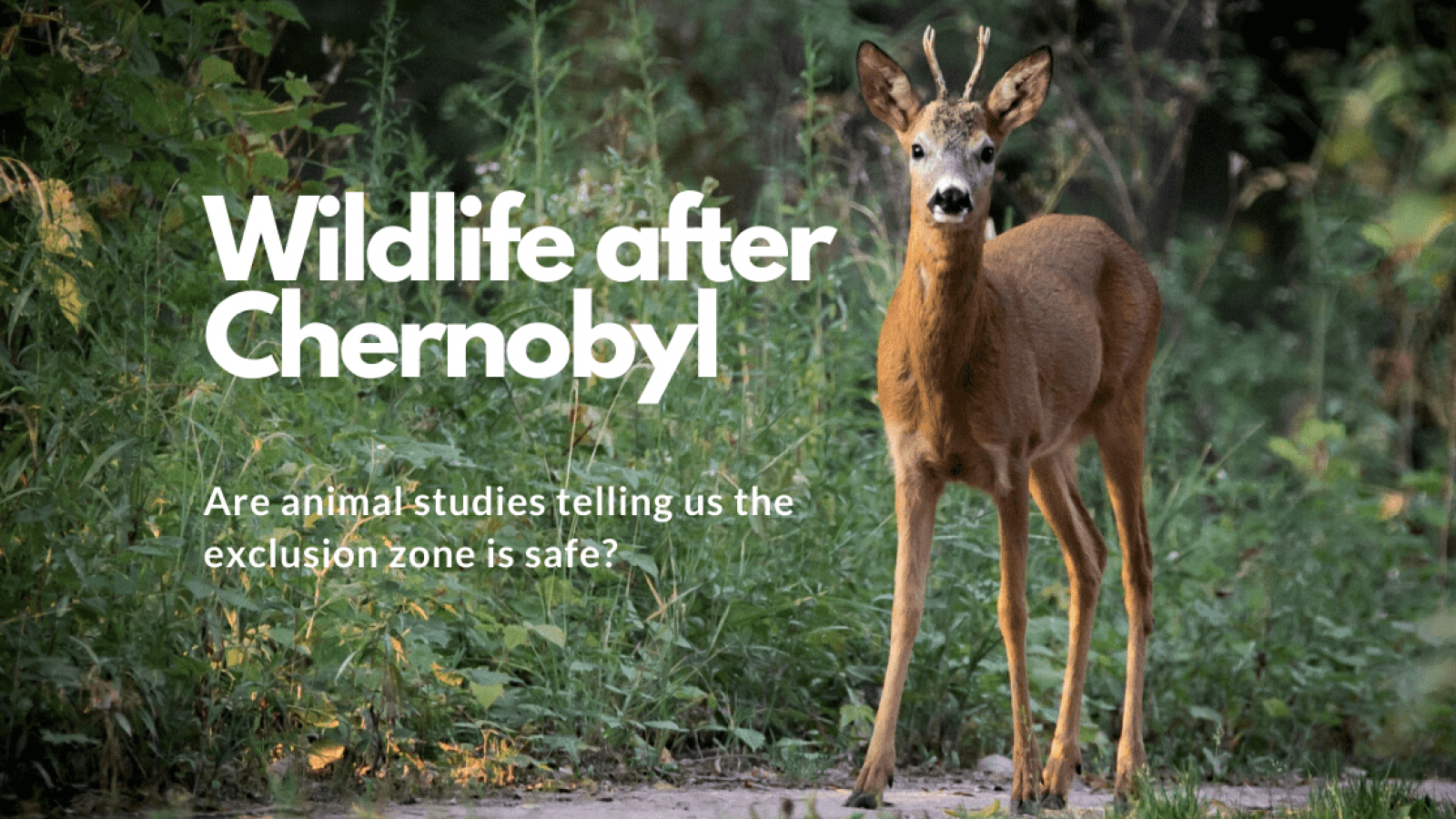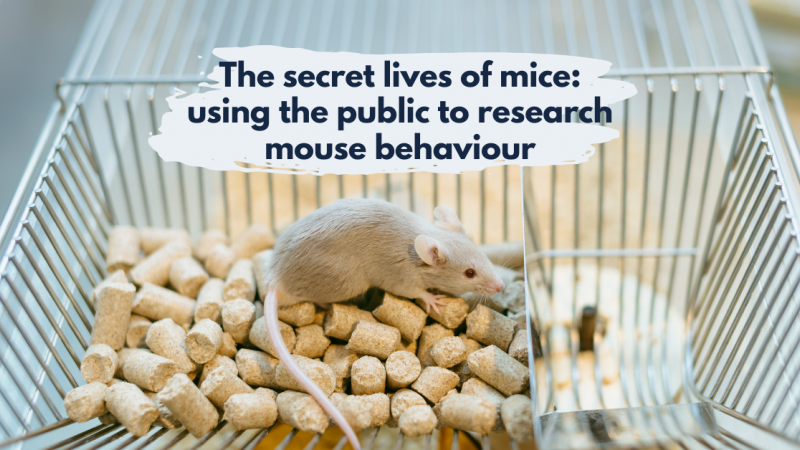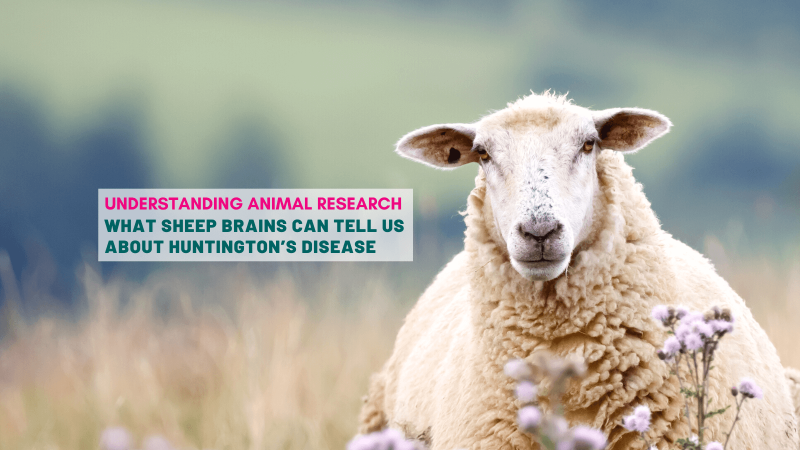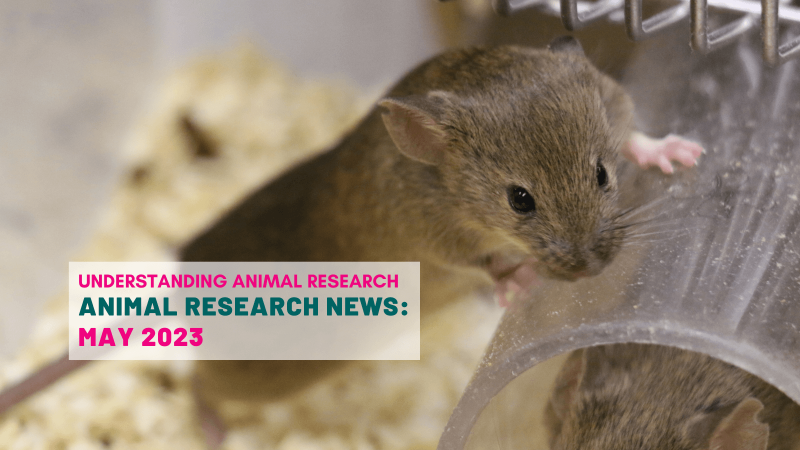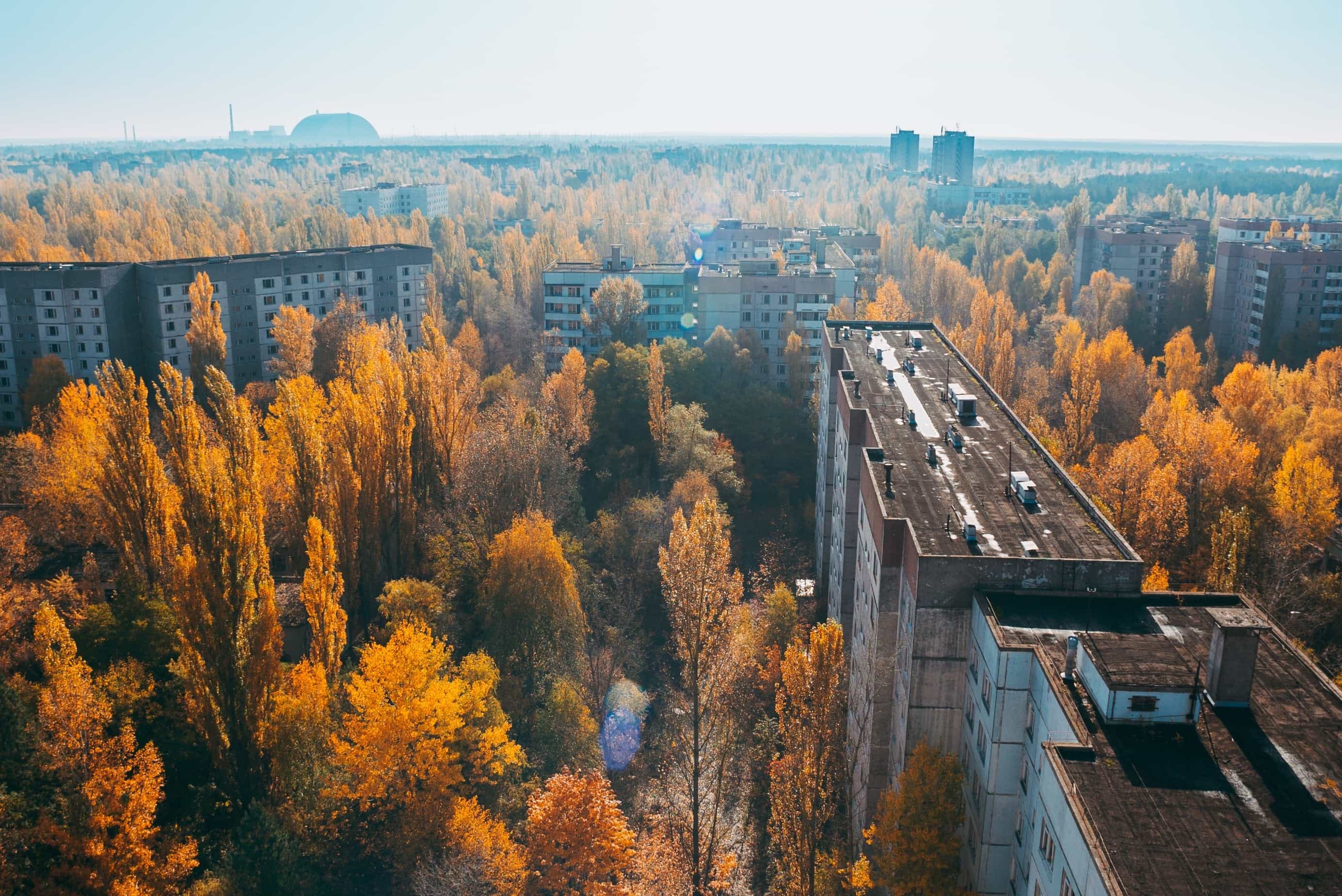 In 1986, the worst nuclear accident in the history of mankind occurred in Chernobyl. Forcing over 116,00 inhabitants to move permanently, it had a devastating impact on the local human populations of Ukraine and Belarus. But what of the animals? While people may not have returned, studies have shown that the contaminated area of Belarus has seen its animal population flourish. Could the zone be safe for animals?
In 1986, the worst nuclear accident in the history of mankind occurred in Chernobyl. Forcing over 116,00 inhabitants to move permanently, it had a devastating impact on the local human populations of Ukraine and Belarus. But what of the animals? While people may not have returned, studies have shown that the contaminated area of Belarus has seen its animal population flourish. Could the zone be safe for animals?
Radioactivity in the 4750 square kilometres exclusion zone surrounding Chernobyl can be patchy as the distribution of radioactive materials on the ground was influenced by the weather conditions at the time of the incident and the following days. Despite the radiation levels having reduced over the last 30 years, many parts of the zone remain too contaminated for people to return. But what about wildlife? Exposure rates remain high, and you would expect to see some kind of effect. But there is quite a bit of debate around the topic, so Nick Beresford a Radioecologist (NERC-CEH) at the Centre for Ecology & Hydrology at the University of Salford, and his team went out to see for themselves.
So far, the debate about wildlife at the exclusion zone had been quite divergent, through lack of rigorous studies. Although, some studies have focused on the invertebrate population and shown negative effects at low radiation levels, very few studies in the exclusion zone have actually considered medium to large mammal species. And those who have attempt population estimates by measures such as paw prints in the snow, and so have an incomplete image of the situation. The exclusion zone has become a wildlife sanctuary, but observations of population size have been criticised because they don’t say anything about the potential impact of radioactivity on the long-term health of the mammals living there.
Nick Beresford set up camera traps in different contamination areas to study the abundance and diversity of small to medium sized mammals over several years and the long term changes in the mammal population. They looked for the presence or absence of animals and the radiation exposure rates in the area.
“Our main work was observational,” explains Nick Beresford. “However, we did also do some smaller studies looking at radiation levels in mice using a live monitor to quantify the radiant nuclides in mice before releasing them back into the wild.” And although the data hasn’t been completely crunched, “it shows a good population of mammals within the Chernobyl exclusion zone.”
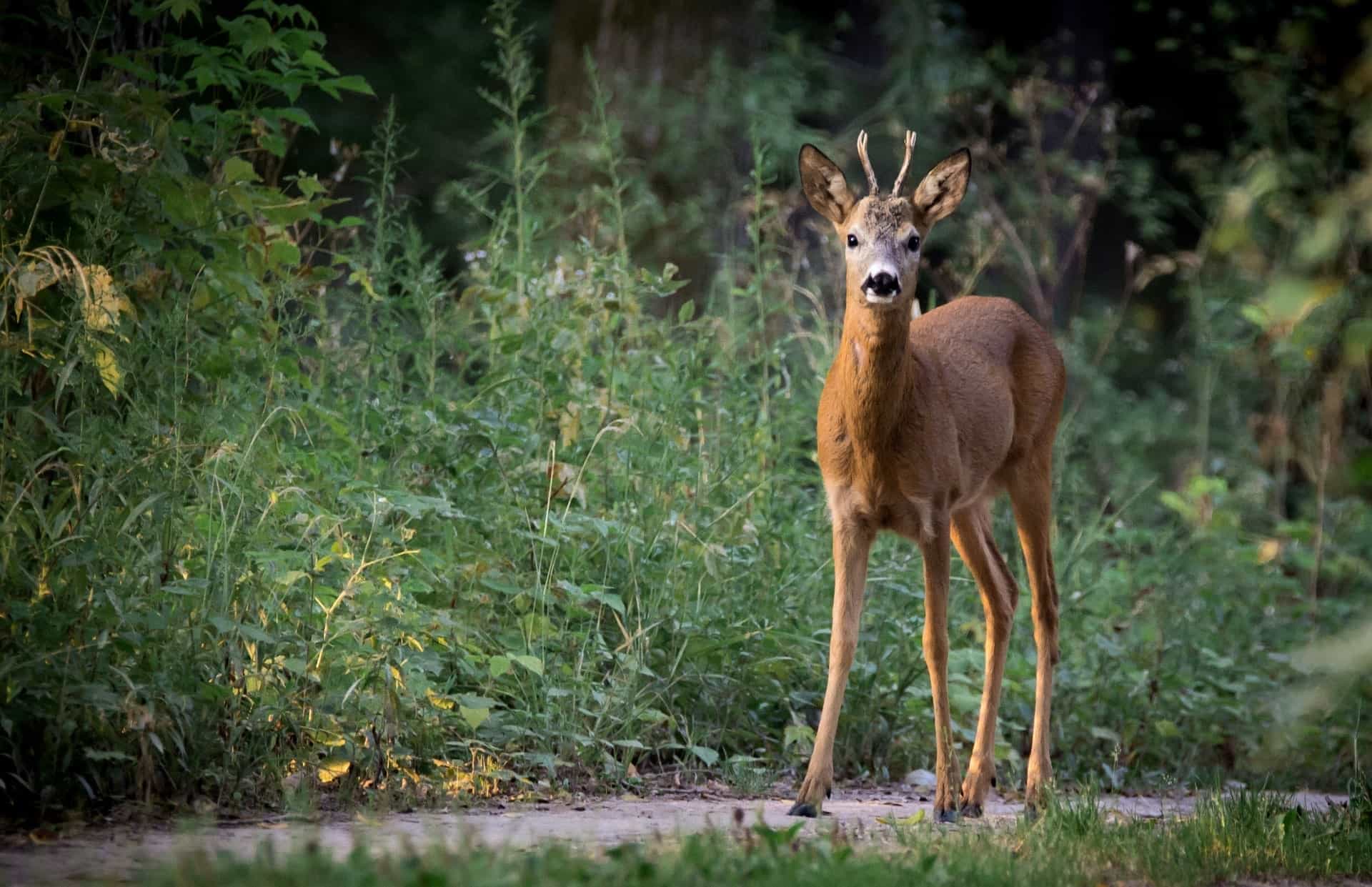 The number of deer, wolf and wild boar populations seem to have consistently increased since 1987. The researchers also looked at how many animals there were for different levels of radiation and found no relationship between ground contamination density and animal population size.
The number of deer, wolf and wild boar populations seem to have consistently increased since 1987. The researchers also looked at how many animals there were for different levels of radiation and found no relationship between ground contamination density and animal population size.
Could it be that the nuclear event has been good for animal populations? The Chernobyl nuclear event caused much more than radiation in the area, the human populations fled and so ecosystems changed dramatically.
“The results don’t mean that radiation has had no effect on the animal populations; only that on the whole, the balance between radiation levels and consequences of the event, has been positive for animal population,” notes Nick Beresford.
And indeed, radiation levels are only high is small areas of the exclusion zone, but, the whole of the zone was affected by the human population uprooting.
“Over 5000 km2 have been void of any agriculture, forestry and hunting for a period of 30 years, which has had a beneficial effect on wildlife,” explains Nick Beresford. “I wouldn’t say having a nuclear event is a good idea, but you could argue that there is a net positive impact on wildlife in the greater Chernobyl area. It is not the nuclear accident that causes that, it is our response to the accident, which is to remove people to protect them and therefore there is less disturbance on wildlife.”
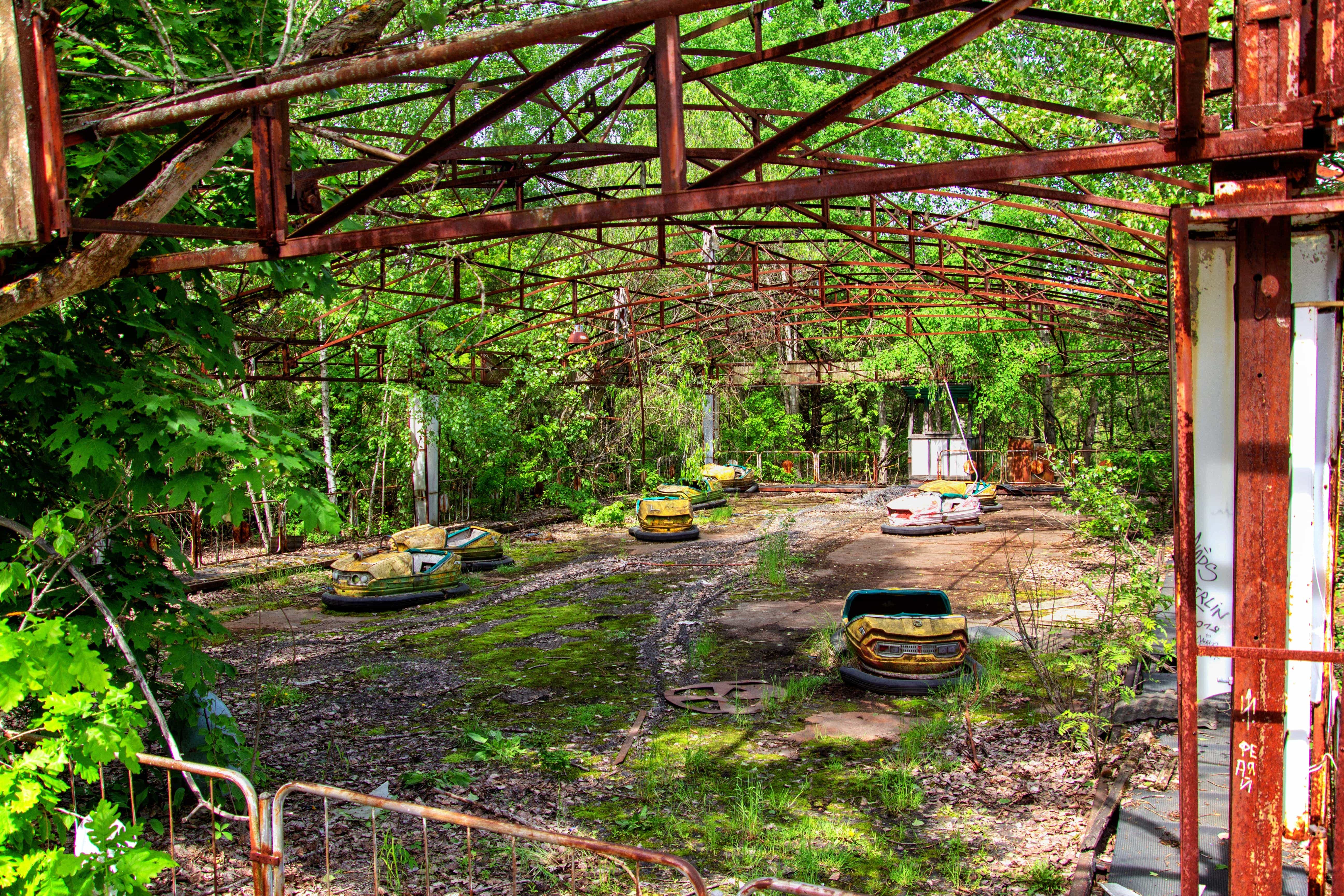 But the study has its limits. Being strictly observational, little can be concluded about the health of the animals observed. Although there was no evidence of decreased fertility or increased disease, health issues or injuries, “we can’t categorically say that is the case,” points out Nick Beresford.
But the study has its limits. Being strictly observational, little can be concluded about the health of the animals observed. Although there was no evidence of decreased fertility or increased disease, health issues or injuries, “we can’t categorically say that is the case,” points out Nick Beresford.
“Camera studies don’t tell you if the animals live shorter lives. We considered at the start of the program tagging the animals, but at the time, it was difficult to radio-tag wildlife in Ukraine; not helped by the fact that our work started around the same time as a civil war in the east of Ukraine along the Russian border.”
In the future the researchers hope to look at the effect of radiation on whole ecological systems. “We tend to look at single species, but we want to try and study community and ecosystem level effects.”
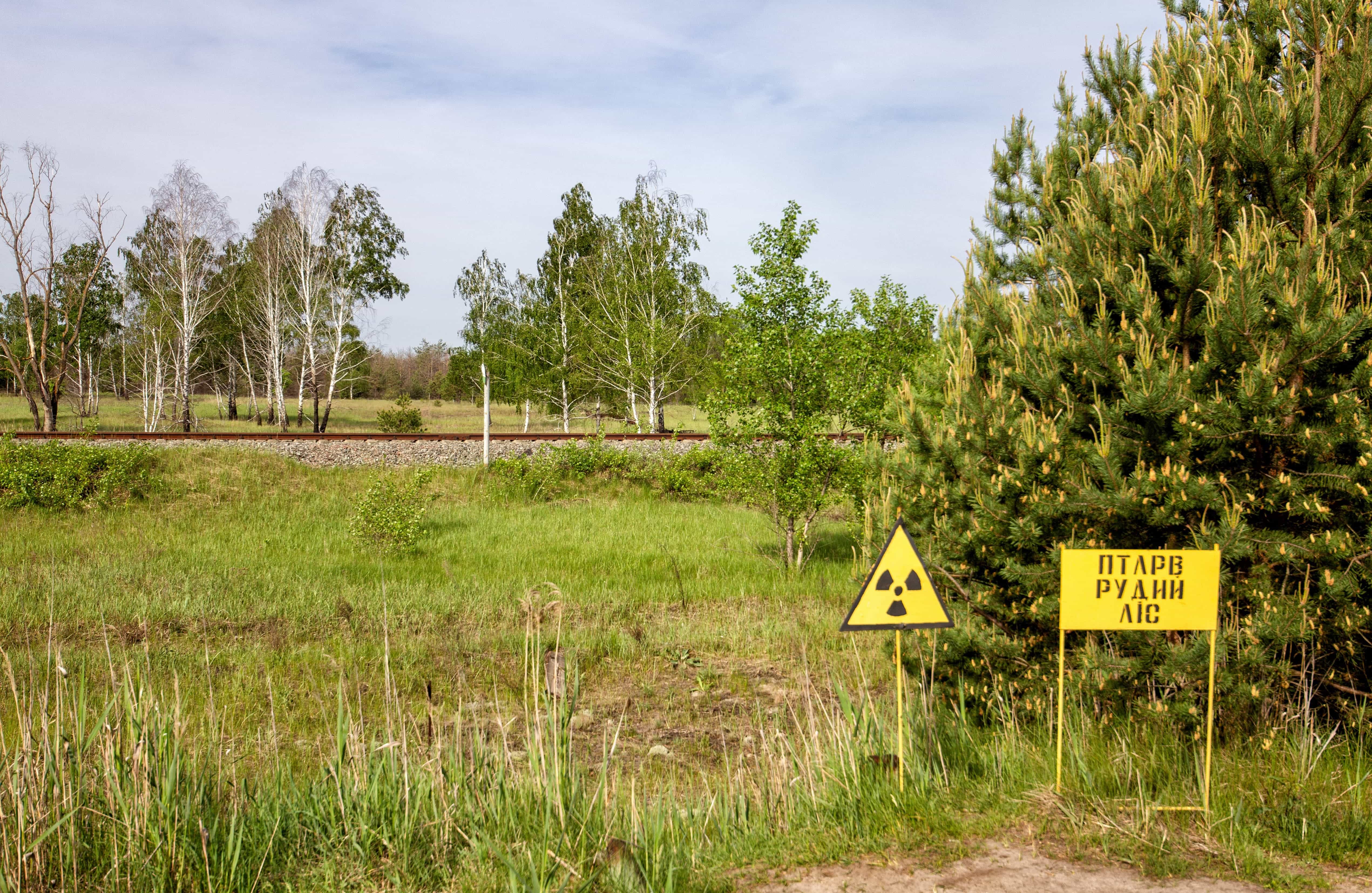
Suggested listening: Belarus: The wild world of Chernobyl: Assignment
'We lived with wolves' says 90-year-old Galina, describing the wild natural world before the Chernobyl disaster. A generation on are those wild animals she knew making a comeback? https://www.bbc.co.uk/programmes/w3csy5dp
Last edited: 3 March 2022 11:36

